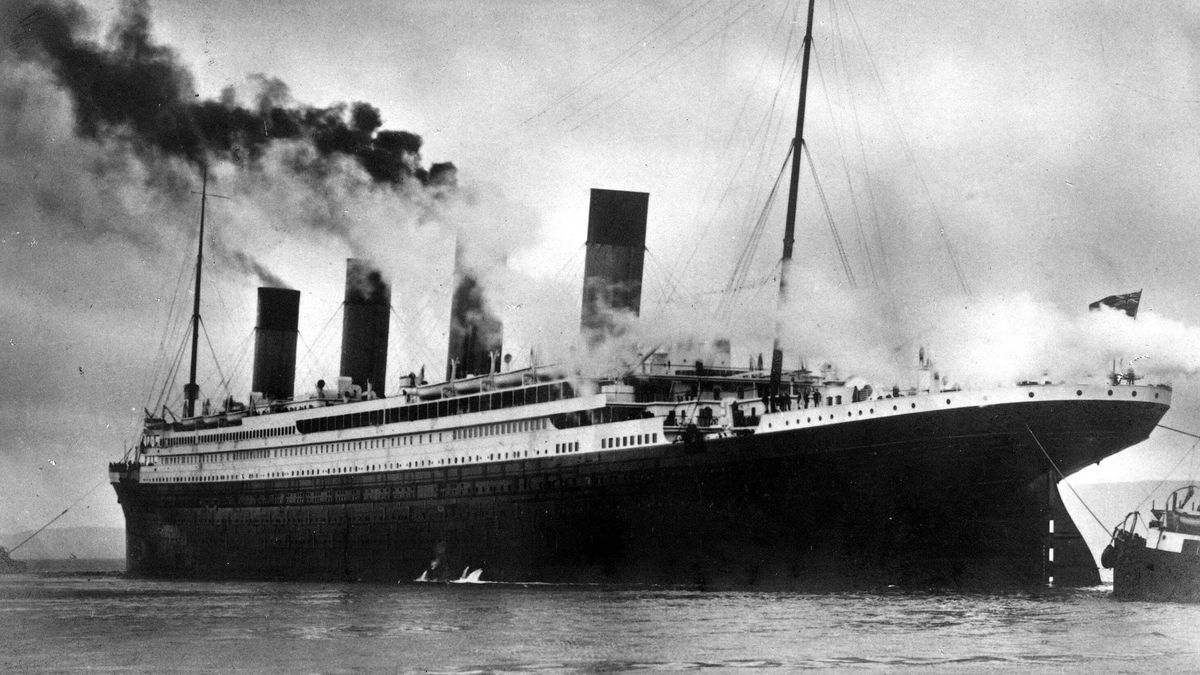How Long Was The Titanic Voyage Meant To Last

The Titanic was a grand ship, famous for its tragic end. But how long was its journey supposed to be? This massive ocean liner set sail on April 10, 1912, from Southampton, England, aiming for New York City. The trip was planned to last about seven days. Passengers, from wealthy elites to hopeful immigrants, were excited for this voyage across the Atlantic. The ship was a marvel of engineering, boasting luxury and comfort. Everyone expected a smooth crossing. However, the Titanic met an iceberg on April 14, leading to its sinking. Though the journey was cut short, the planned duration remains a significant detail in its story. Understanding this helps us appreciate the anticipation and excitement of those on board before the disaster struck.
The Titanic's Maiden Voyage: A Grand Plan
The Titanic, a marvel of engineering, was set to sail on its first journey across the Atlantic. This voyage was meant to showcase luxury and speed. But how long was this journey supposed to last? Let's explore the details of this historic trip.
Planned Duration of the Titanic's Voyage
The Titanic's journey was meticulously planned. It was supposed to be a smooth and swift crossing from Southampton to New York City. Here's how long it was meant to take:
Southampton to Cherbourg
The Titanic's first stop was Cherbourg, France. This leg was expected to take about 6 hours. Passengers boarded, and the ship continued its journey.Cherbourg to Queenstown (now Cobh)
After Cherbourg, the Titanic headed to Queenstown in Ireland. This part of the trip was planned to last around 14 hours. More passengers joined, and the ship set sail for the open ocean.Queenstown to New York City
The longest stretch was from Queenstown to New York City. This leg was expected to take about 5 days. The Titanic was designed to travel at a speed of 21 knots, making this timeline feasible.
Factors Influencing the Voyage Duration
Several factors could have influenced the Titanic's journey time. Weather conditions, ocean currents, and potential icebergs were all considered. The ship's crew was prepared to adjust the route if needed to ensure safety and efficiency.
The Unfinished Journey
Unfortunately, the Titanic never completed its maiden voyage. On April 14, 1912, the ship struck an iceberg and sank, ending the journey prematurely. The planned 7-day trip turned into a tragic event that changed maritime history forever.
Reflecting on Titanic's Intended Journey
Titanic's voyage was meant to last about five days, a journey from Southampton to New York City. This grand ship, celebrated for its luxury and size, promised an experience like no other. Unfortunately, the iceberg collision on April 14, 1912, cut this journey short, leading to one of history's most tragic maritime disasters.
The Titanic's story continues to fascinate, reminding us of human ambition and nature's unpredictability. It also highlights the importance of safety measures and preparedness in travel. Though the ship never completed its intended route, its legacy lives on, inspiring countless books, films, and discussions.
Understanding Titanic's planned voyage gives us insight into early 20th-century travel and the dreams of those aboard. This ill-fated journey remains a poignant chapter in history, reminding us of the fragility of life and the enduring quest for adventure.

